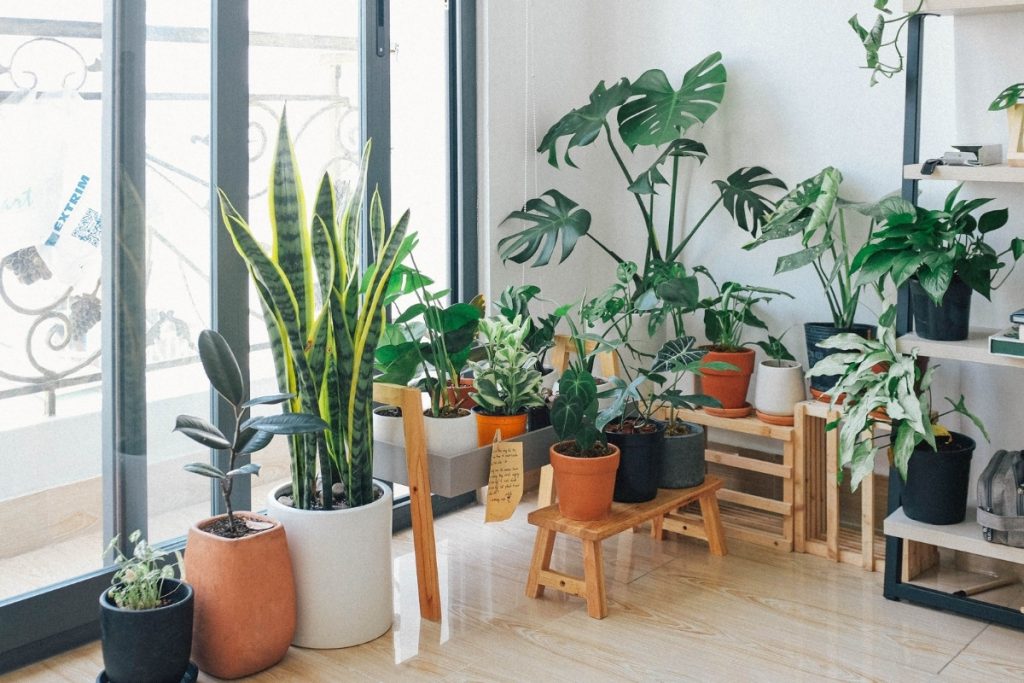Table of Contents
There are many beautiful plants for all seasons. Consider Lenten roses, Hellebores, daffodil bulbs, black-eyed Susans, Shasta daisies, chrysanthemums, and Norway spruce, just to name a few. Adding perennials and bulbs to your seasonal beds is a great way to mix things up and add texture to your garden. There is no need to divide plants strictly by season, but you should try to include a few of each flower.
Coneflowers
A perennial plant that grows well in all seasons, coneflowers are great for cutting and display in winter. They bloom for up to two months and attract butterflies and birds. In winter, their tall seedheads remain a magnet for goldfinches and chickadees as snow clings to them. You can cut coneflowers back after blooming for a more compact growth and delayed blooming.
Planting seeds of coneflowers is a great way to add them to your winter garden. Because they have a cone-shaped flower head, they produce seeds that must be collected before they are taken by birds. Harvesting the seeds is easy if you can get the flower head off before the birds do. Generally, you can harvest the seeds by breaking the cone and scraping the petals. Remember not to harvest the flowers and plant the seeds. They will attract winter birds and will give your flowerbed a festive look.
The most common coneflower species is the ‘Purple Coneflower.’ Both varieties are heat and drought-tolerant and tolerate poor soil. They are also unaffected by disease and pests. Coneflowers are excellent cut flowers and attract butterflies to their blooms. And while they may be a perennial plant, they will give you months of blooms. They are not only a delight to look at, they are also beneficial for wildlife.
Hydrangeas
Often considered one of the easiest shrubs to care for, hydrangeas are a perfect plant to grow in your garden or to pot up in a vase for decoration. This versatile shrub blooms throughout summer and into fall, and the flowers come in a variety of shapes and colors. Some hydrangeas are referred to as’mopheads’, with large, round flower clusters, while others have flat, lacy, or pointy flowers.
Pruning hydrangeas requires a few different techniques. First, identify the type of hydrangeas that you have in your garden and when to prune. If you have an Oakleaf hydrangea, for example, you should prune it in the fall after the plant blooms to reduce its size. In addition, you should prune any dead or crossing branches, and prune the old and weak stems that don’t add to the plant’s appearance. You can also prune older, weak, or winter-damaged stems in early spring.
A great hydrangea is the ‘Annabelle’ variety. It produces big clusters of blooms that can grow to 12 inches across. Once mature, the flowers turn pink or brown, and remain attractive for several months. The flowers are the most challenging to prune, but they also look beautiful and add a touch of class to your landscape. The flowers are a perfect cut flower. The blooms of this flowering shrub last for several months, and their size makes them perfect for the landscape.
Hamamelis
If you’re in search of an evergreen shrub that will bloom all year, a Hamamelis plant might be the perfect choice. This plant is a prolific breeder, and its flowers can be enjoyed throughout the year. The plant has red-flowered stems, and its flowers are a rich gold with reddish brown sepals. The plant can grow to 10 feet tall, and it also produces medicinal witch hazel.
There are a number of varieties of Hamamelis available for your garden. The common witch hazel is a large deciduous shrub that reaches about fifteen feet when fully grown. It thrives in the shade of taller trees and other structures. While the plant is hardy in most climates, it tends to suffer in dry soils during hot summer months. The flowers of this plant start to appear in late fall and early winter.
The most common type of Hamamelis is the Japanese species. This plant grows to be about ten to fifteen feet tall and wide, and is native to Japan. It is a low-maintenance plant that grows well in heavy shade. When planted in a pot, Hamamelis should be at least 50cm apart and firmly in ericaceous compost. Keep them watered during summer.
Norway spruce
A native of the Rocky Mountains and the northeastern U.S., Norway spruce is widely planted across North America. Its brightly colored cones appear in spring, contrasting with its lime green foliage. By summer, its cones have matured and are a pale brown, and in fall, its foliage turns quiet, dark green. The silver-blue needles are also attractive against snow.
As a gymnosperm, Norway spruce has male and female cones. Pollen cones have sporangia, which undergo meiosis to produce pollen grains. The ovulate cones produce two ovules per scale. These cones are named after their small nucellus, which has only one opening. Norway spruce plants for all seasons are generally planted five feet apart.
The Norway spruce is an upland evergreen conifer that grows 60-90 feet tall. Its branches hang downward and are mostly hairless. Its bark is gray with reddish undertones, and it becomes scaly with age. Norway spruce’s needles are about 1/2 to an inch long, pointed, and held on short stalks called sterigmata.
Apples
Whether you’re growing them for consumption or for cider making, apples are a versatile plant that thrives in every season. There are more than seven hundred varieties of apples, ranging from tart to sweet and everything in between. They can be eaten raw, cooked, and made into desserts. This versatile fruit has even been used to make the famous Johnny Appleseed apple pie. Read on to learn more about this versatile plant!
During winter, apples rest in their buds and remain covered in fuzz. During this time, new branches are often removed because they have no fruit buds. The new branches that grow during this time don’t produce apples, but they do produce leaves. Honeybees, which are attracted to the scent of apple flowers, then collect pollen, allowing it to reach the ovary. The sperm that’s contained in the pollen reaches the ovules in the ovary, where it eventually ripens. The apple tree then rests until the next cycle begins in spring.
Most apple varieties require pollen from another apple tree. This process is called cross-pollination. To ensure that your fruit is pollinated, grow two different varieties of apple. If possible, choose varieties that bloom at the same time. Some varieties of apples produce pollen that is not viable. Honeybees and native bees are essential in the pollination process. However, some orchards rent or maintain bee hives to increase the number of pollinators in their orchards. In such cases, broad-spectrum insecticides are also effective in controlling the number of bees.
Pear trees
This versatile tree is well suited for many types of climates. It thrives in both warm and cold climates, and is also tolerant of both sandy and loamy soils. It can be planted in USDA hardiness zones three through 10 and can grow in a variety of soil conditions. Pear trees grow best in full sun and do well in containers. But they need some soil amendments to get started.
The best time to prune pear trees is in the spring, when new growth begins. However, if you are planting more than a few trees, you should prune them after they begin to grow. You can either prune them lightly or radically. Pruning is recommended for both dwarf and standard-sized trees. The main difference is the type of pruning. Small trees are pruned in a modified leader system while standard-sized trees should be thinned to a central leader.
There are several cultivars of pear trees, but not all of them are self-fertile. Pear trees are happiest when they are pollinated by another tree in the area. Pollinators such as bees are essential for pollination. Never treat pear trees with insecticides when they are in flower! Listed below are some of the more popular varieties:
Siberian carpet cypress
For an evergreen ground cover, look no further than the slender, ground-hugging Siberian carpet cypress. This plant turns coppery purple in winter and greens back up with the arrival of warmer weather. Its gray-green foliage and summer flowers make it a versatile plant that can be used for many landscape purposes. In Zones 2 to 8, it is cold-hardy and requires minimum maintenance.
If you’re looking for a plant that will live through all seasons and require little to no maintenance, look no further than the Siberian carpet cypress, also known as the Russian Arbor-Vitae. Its feather-like, evergreen foliage is gorgeous and surprisingly low-maintenance. Its delicate fern-like foliage is even edible. If you’re interested in a stunning ground cover that can live through harsh winters, consider investing in one.
This perennial tree can survive cold winters and drier winters, making it an excellent choice for northern climates. They also tolerate a variety of soils and need a well-drained area for proper growth. Once established, they tolerate drier soil conditions, as long as they receive adequate water. A layer of mulch on top of the soil will help to keep the root zone moist and cool. Dry, matted leaves can result in yellowing or dieback of evergreen fronds.


